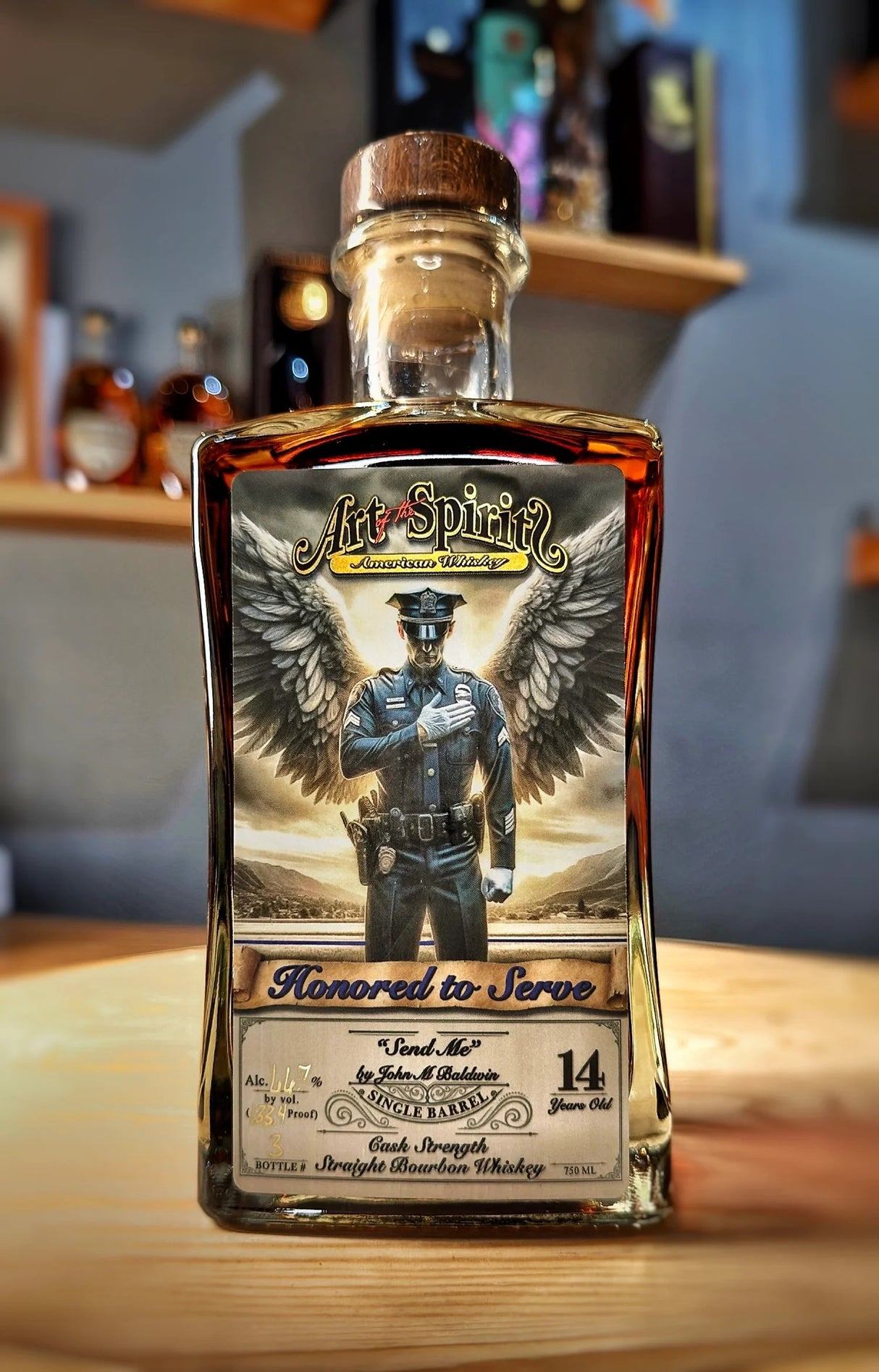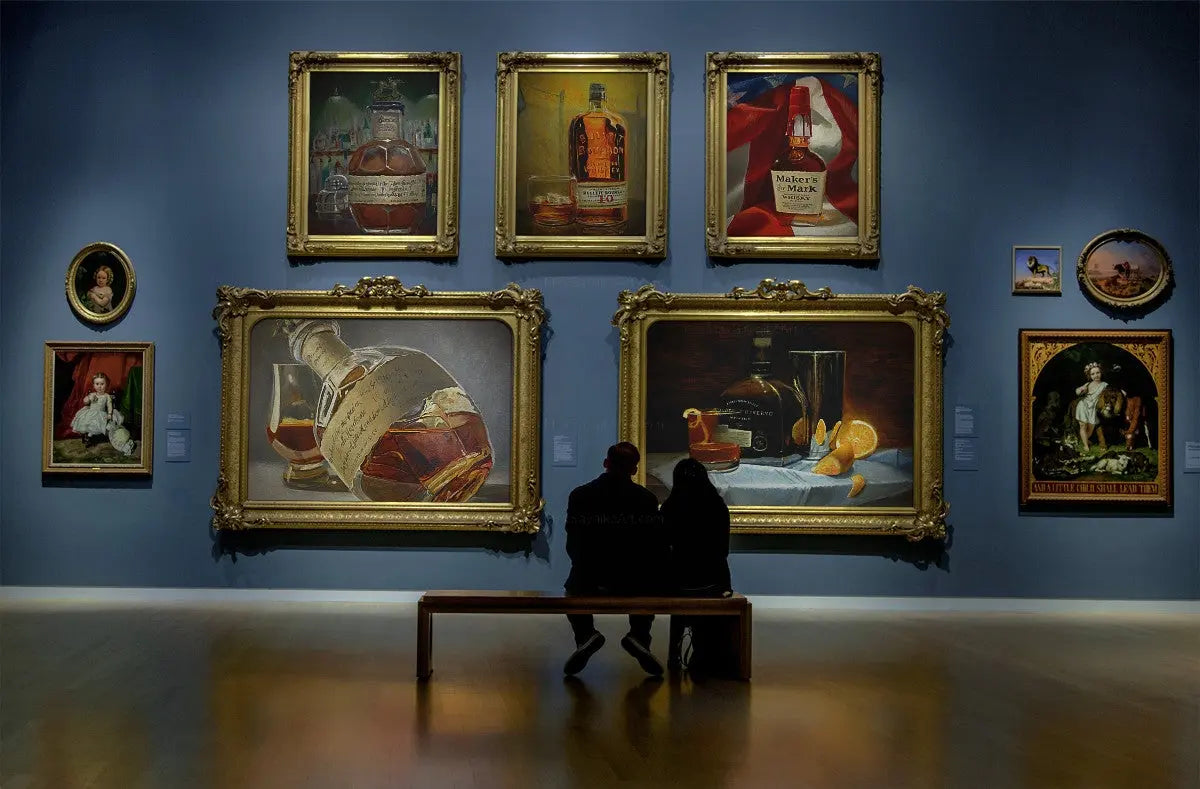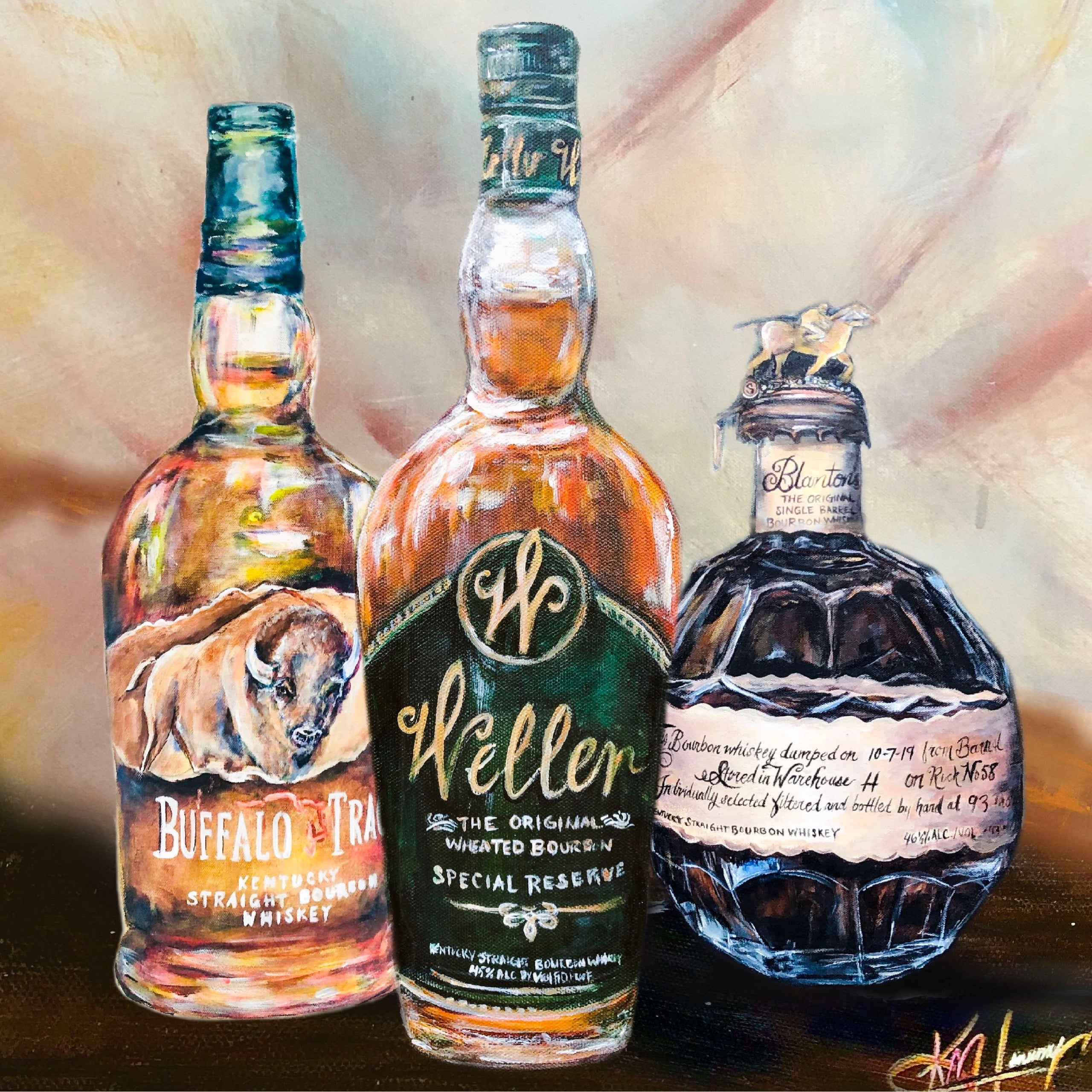Bourbon Art in Contemporary Society: Where Practice Fulfills Development
Wiki Article
Recording the Essence of Whiskey Art Through Special Aesthetic Representations and Designs
The art of bourbon prolongs past the liquid itself, manifesting through a variety of visual depictions that envelop its fabled heritage and workmanship. What stays to be uncovered is how these advancing styles mirror not only the bourbon itself but likewise the transforming landscape of artistic interpretation. Realism Art.The History of Scotch Art

As scotch manufacturing spread, so also did the need to raise its experience via art. From the complex engravings on very early barrels to the sophisticated tags of contemporary containers, each component shows an unique imaginative vision, acting as a visual story of the scotch's heritage.
In the 18th and 19th centuries, the rise of the commercial revolution additionally enhanced whiskey art, bring about cutting-edge product packaging and marketing that recorded consumer attention. Artists and designers began trying out aesthetics, imbuing whiskey-related images with symbolic significances that communicated ideas of craftsmanship, community, and practice.
Today, bourbon art remains to develop, mixing traditional techniques with contemporary art kinds. Realism Art. This ongoing discussion between the spirit and its graph underscores the enduring bond in between whiskey and society, improving the overall experience for lovers worldwide
Iconic Bottle Styles
While numerous factors add to the attraction of bourbon, legendary container designs play a crucial duty in shaping customer perception and boosting the general experience. The visual presentation of bourbon containers is not just a visual factor to consider; it works as a bridge in between the consumer and the product, stimulating feelings and establishing assumptions.Distinct forms, materials, and closures can raise a scotch brand name's identification, making it instantly well-known on jampacked shelves. The timeless Glenfiddich container, with its stylish conical silhouette, conveys a feeling of practice and craftsmanship, while the vibrant, modern design of the Balvenie container shows innovation and elegance. The usage of colored glass or one-of-a-kind textures can recommend the quality and personality of the bourbon within.
Renowned styles commonly integrate aspects of cultural heritage, signifying the brand name's background and link to its roots. Brands like Jack Daniel's utilize a straightforward, robust layout that resonates with its American whiskey heritage. Eventually, the impact of container layout expands beyond mere performance; it envelops the significance of the brand name, welcoming customers to delight and explore in the abundant tapestry of whiskey culture.
Tag Art Work and Branding
Container styles typically establish the phase of what customers can expect, however tag art work and branding play an equally significant duty in interacting a bourbon's identity. The tag acts as the initial point of contact between the consumer and the item, enveloping the significance of the whiskey within its visual aspects.Efficient label artwork combines images, typography, and color to develop a narrative that resonates with the brand name's heritage and target audience. As an example, a tag including vintage typefaces and complex images might evoke a sense of tradition and craftsmanship, interesting lovers. On the other hand, bold colors and modern style components may bring in a more youthful demographic seeking advancement and enjoyment.


Digital Photography and Visual Narration
Recording the essence of scotch with photography and aesthetic storytelling is an art kind that elevates the brand name experience. This medium goes beyond mere product depiction, diving into the intricate stories that border each bottle. By using compelling images, professional photographers can stimulate feelings that resonate with customers, ultimately forging a much deeper connection to the bourbon brand name.Aesthetic storytelling in bourbon photography frequently makes use of rich appearances, lights, and structure to highlight the one-of-a-kind characteristics of the spirit. The interaction of light and shadow can highlight the brownish-yellow shades of scotch, while the choice of history elements-- such as rustic barrels or elegant glassware-- can reinforce the brand's heritage or lifestyle organizations.
In addition, recording the ritualistic elements of whiskey consumption, from the pouring to the tasting, invites customers into a sensory experience, enabling them to visualize the tastes and aromas that await. Each photograph not only showcases the item yet likewise tells a story of workmanship, practice, and the moments that whiskey can improve - Realism Art. Therefore, digital photography ends up being an effective tool in verbalizing the identification of scotch brand names, positioning them within the more comprehensive social landscape
Arising Trends in Scotch Art
The advancement of whiskey art is progressively shaped by modern patterns that mirror broader societal shifts and consumer choices. One prominent trend is the integration of sustainability into art techniques. Musicians are currently using environmentally friendly procedures and recycled materials to produce whiskey-themed items, resonating with ecologically conscious customers. This shift not only highlights the relevance of sustainability yet also improves the story bordering bourbon manufacturing.In addition, electronic art has risen in popularity, enabling ingenious representations of whiskey. Artists are leveraging innovation to craft immersive experiences, such as augmented fact installments that involve visitors and supply a much deeper understanding of bourbon's cultural relevance. This fad additionally reaches social media platforms, where visually striking content garners focus and fosters area amongst fanatics.
Furthermore, cooperations between whiskey brands and musicians are coming to be extra widespread. These collaborations produce limited-edition product packaging styles and special art work that commemorate both the craftsmanship of bourbon and the creativity of musicians. As whiskey art remains to develop, these emerging my latest blog post trends will unquestionably shape its future, promoting a vibrant intersection of culture, sustainability, and technology within the scotch community.
Conclusion
In final thought, the art of whiskey encompasses a diverse variety of graphes that mirror its rich heritage and workmanship. From famous bottle layouts and detailed label artwork to compelling digital photography, each element adds to a broader narrative that boosts the consumer's experience. As emerging patterns, such as digital art and sustainability, proceed to form this creative landscape, the multifaceted identity of scotch continues to be an enduring resource of social connection and exploration.

In final thought, the art of scotch incorporates a diverse range of visual representations that show its rich heritage and craftsmanship.
Report this wiki page